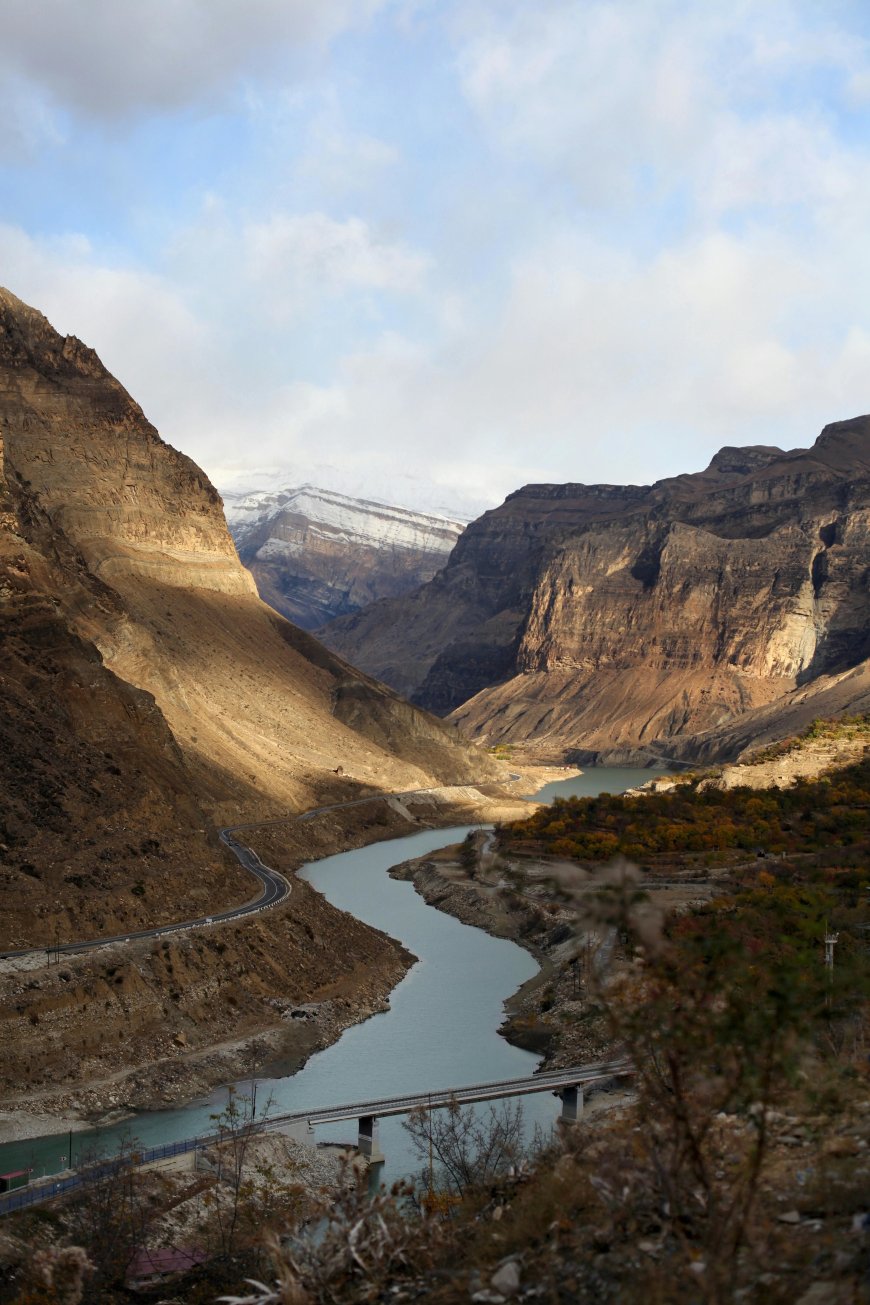Dagestan Unveiled: Russia’s Mountainous Gem of Culture & Conflict
Discover Dagestan: Russia’s rugged land of mountains, diverse cultures, and enduring resilience in the face of modern challenges.

Nestled in the North Caucasus, Dagestan is a land of rugged peaks, ancient villages, and an intricate mosaic of cultures. Few regions in the world combine breathtaking natural beauty with complex social dynamics as seamlessly as this Russian republic. From towering mountains to the shores of the Caspian Sea, Dagestan’s story is one of survival, tradition, and relentless change.
A Land of Extraordinary Diversity
Dagestan is home to more than 30 ethnic groups, each speaking its own language. Avar, Dargin, Kumyk, Lezgin, and many others coexist in tight-knit communities. This linguistic diversity is mirrored in religious practice: while Islam predominates, it manifests in unique local traditions across villages.
Why it matters:
- Cultural resilience: Many ethnic groups have preserved centuries-old customs.
- Community bonds: Strong local networks often replace centralized governance.
- Festivals & rituals: From weddings to harvest celebrations, each culture adds to Dagestan’s rich tapestry.
Geography That Shapes Life
Dagestan’s terrain is as diverse as its people. The Greater Caucasus Mountains dominate the north, while fertile plains stretch toward the Caspian Sea in the east. This geography shapes both lifestyle and livelihoods:
- Mountain villages: Isolated, self-sufficient, and often centuries-old.
- Caspian lowlands: Agricultural hubs, fishing communities, and trade centers.
- Rivers & gorges: Natural corridors that connect isolated areas, but also challenge infrastructure development.
This rugged terrain has historically insulated communities, allowing local languages and traditions to flourish, but it has also fostered a reputation for lawlessness and separatism.
Dagestan’s Complex Modern Challenges
While its landscapes are idyllic, Dagestan faces persistent social and political challenges. The republic struggles with:
- Economic instability: Limited industry outside agriculture and energy.
- Unemployment: Especially among young adults, fueling migration.
- Security concerns: Historical insurgencies and organized crime networks linger in some areas.
Despite these pressures, Dagestan demonstrates remarkable resilience. Local initiatives promote entrepreneurship, cultural tourism, and education, offering hope amid uncertainty.
Stories of Human Resilience
In the village of Kubachi, artisans have crafted silverware and intricate jewelry for centuries. Families here take pride in passing skills down through generations, defying modern economic pressures.
One local craftsman, Magomed, recalls: “My father taught me at five. Every piece I make carries our family history. It is more than work; it is life itself.”
Such stories reveal Dagestan’s emotional core—a people deeply connected to heritage, yet navigating a rapidly changing world.

Culinary Traditions: Flavor of the Mountains
Dagestan’s cuisine mirrors its ethnic diversity. Staples include:
- Chudu: Thin stuffed pancakes, often with cheese or meat.
- Khinkal: Boiled dumplings served with garlic sauce.
- Kurze & soups: Reflect local seasonal ingredients like lamb, herbs, and mountain greens.
Food is more than sustenance; it’s a cultural expression and a unifying force in multi-ethnic communities.
Tourism in a Land Off the Beaten Path
For adventurous travelers, Dagestan offers unmatched experiences:
- Hiking & climbing: Untamed mountain landscapes and ancient trails.
- Historical villages: From Derbent, one of Russia’s oldest cities, to remote highland settlements.
- Cultural immersion: Festivals, local crafts, and traditional music.
Travelers often leave with a profound appreciation for both the natural beauty and the human stories embedded in the land.
Education and Youth: Shaping the Future
Dagestan invests heavily in education, aiming to equip young people with skills to navigate both local and global economies. Universities in Makhachkala and other urban centers focus on:
- Engineering and technology
- Arts and cultural preservation
- Social sciences and business
However, migration remains a concern, as many talented youth seek opportunities in Moscow, Europe, or beyond. Balancing cultural preservation with modernization remains a key challenge.
Conclusion: Dagestan at a Crossroads
Dagestan embodies a paradox: breathtaking landscapes and vibrant culture coexist with socio-economic and political challenges. Its resilience, diversity, and unyielding cultural identity make it both a hidden gem and a region demanding global attention. Understanding Dagestan requires more than headlines—it requires listening to its people, walking its ancient paths, and appreciating the delicate balance between tradition and transformation.
Dagestan is more than a Russian republic; it is a living story of endurance, pride, and human spirit carved into mountains and valleys over centuries.
FAQs
1. Where is Dagestan located?
Dagestan is in the North Caucasus region of Russia, bordering the Caspian Sea to the east.
2. What languages are spoken in Dagestan?
Over 30 languages are spoken, including Avar, Dargin, Kumyk, and Lezgin. Russian serves as a lingua franca.
3. Is Dagestan safe for travelers?
While cities and tourist areas are generally safe, visitors should remain cautious in remote or politically sensitive regions.
4. What is Dagestan known for?
Dagestan is known for its mountainous landscapes, cultural diversity, ancient villages, and traditional crafts.
5. How can tourists experience local culture?
Visitors can explore historical sites, attend local festivals, hike mountain trails, and engage with artisans in villages like Kubachi.
আপনার প্রতিক্রিয়া কী?
 পছন্দ
0
পছন্দ
0
 অপছন্দ
0
অপছন্দ
0
 ভালোবাসা
0
ভালোবাসা
0
 মজার
0
মজার
0
 রাগান্বিত
0
রাগান্বিত
0
 দুঃখজনক
0
দুঃখজনক
0
 বাহ
0
বাহ
0




























































